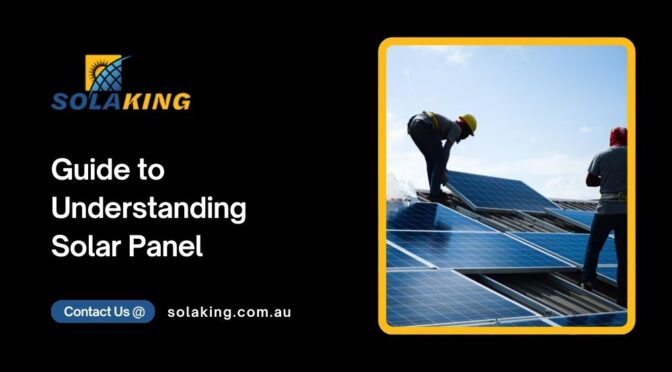In an age when everyone is becoming increasingly conscious of the limited nature of the planet’s fossil resources and the growing benefits of employing more sustainable energy production techniques, technology like solar power is rising to the top of people’s thoughts. There has been a lot of discussion concerning the effectiveness of solar panel systems, which are intended to gather energy from the sun’s rays and turn it into electricity for residential or business buildings. The notion of selecting, installing, and maintaining such a system may appear overwhelming at first. Still, the investment in time and money will pay off many times during its working life.
What Is The Most Efficient Solar Panel?
When deciding on a sustainable energy option, it is essential to conduct extensive study. For example, there is a variety of information accessible online on efficiency measures, including solar panel efficiency formulas and calculator software that allow you to calculate how much money you may save in the long run. Technically speaking, there are three major types of solar panels on the market today. The type you choose will be determined by your specific solar panel installation in Brisbane and your preferred system’s expectations.
- Monocrystalline Solar Panels: Monocrystalline solar panels are the most widely used and oldest form of this technology. They are formed of pure silicone and have a solid crystal shell surrounding them, known as an ingot. Each ingot is carefully cut and moulded into individual cells that fit together to make a solar panel. Because of the way silicon reacts with sunlight, these panels seem entirely black. They can generate efficiencies of greater than 20%.
- Polycrystalline Solar Panels: Polycrystalline is likewise built of silicon crystals, but the individual cells are manufactured from pieces that are fused and formed without an ingot covering. They appear blue at the time of solar panel installation in Gold Coast and cost less to install than monocrystalline options. Their efficiency is significantly lower than monocrystalline ones, ranging from 15 to 17 per cent, resulting in slightly less power.
- Thin-Film Solar Panels: The thin-film type has been the most recent introduction on the market. These panels are not usually constructed from silicon; they can also be made from cadmium telluride or copper indium gallium. To provide optimal protection, the chosen material is sandwiched between thin, conductive sheets and then coated with glass. This kind offers around 11% efficiency but permits greater.
Are Newer Solar Panels More Efficient?
Despite the figures in the preceding paragraph indicating that monocrystalline solar panels have the highest long-term efficiency, it is still worthwhile to keep an eye on newer materials, as progress is being made all the time in terms of improving efficiency, resilience and performance. Other things to consider are cost, aesthetics, simplicity of solar panel installation in Brisbane and long-term aspirations for the system. With so many factors to consider, it is worth chatting with a solar panel efficiency specialist at Solaking to ensure you make the best decision for your house.
Investing in panels with excellent solar power efficiency might result in increased energy output and lower electricity costs. It is also critical to balance efficiency with other considerations like cost, durability and installation requirements. Understanding the various alternatives and their solar energy panel efficiency rates allows you to make an informed decision that meets your energy requirements and budget.
Get A Free Quote Today
At Solaking, we install solar panels and battery storage solutions nationwide with teams situated around the country. For more information contact us at 0413813893 or email us at d.m.a.elec@gmail.com.




